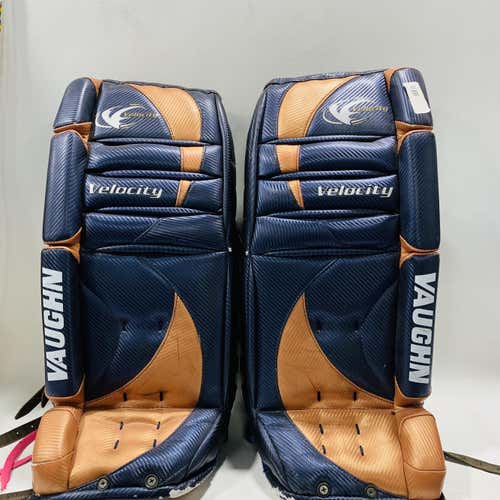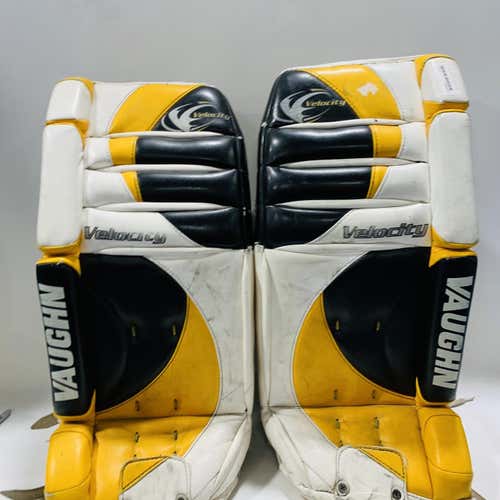Hockey Goalie Leg Pads
Popular Hockey Goalie Leg Pads
See more Popular Hockey Goalie Leg Pads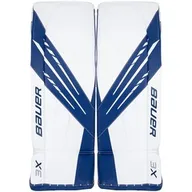
Bauer Vapor 3X
51 Available

Bauer Supreme M5 Pro
37 Available
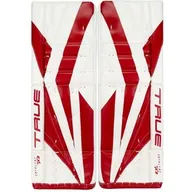
True Catalyst 7X3
15 Available

Bauer Vapor X5 Pro
28 Available

Brian's Netzero
17 Available
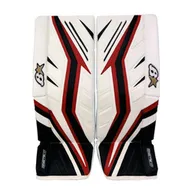
Brian's GNETik X5
12 Available

Vaughn Velocity V7
17 Available

Vaughn Ventus SLR2
19 Available

CCM Extreme Flex II
11 Available

Brian's Optik 9.0
11 Available

Bauer Supreme S29
25 Available
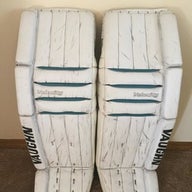
Vaughn Velocity V4
15 Available
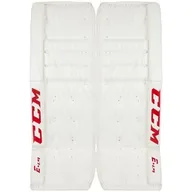
CCM Extreme Flex E4.9
16 Available
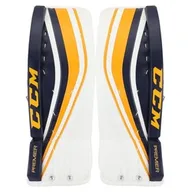
CCM Premier R1.9
18 Available
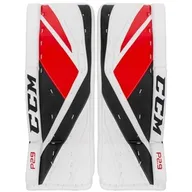
CCM Premier P2.9
11 Available
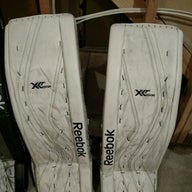
Reebok Premier XLT
25 Available

Reebok Lefevre
11 Available

CCM Extreme Flex 860
17 Available
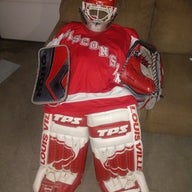
TPS Louisville
3 Available
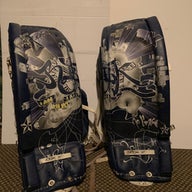
Reebok 6K
5 Available

Reebok Revoke int pro
8 Available
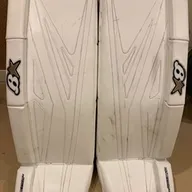
Brian's GNETiK 8.0
5 Available
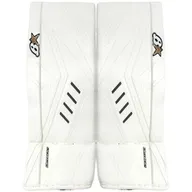
Brian's Optik X2
5 Available
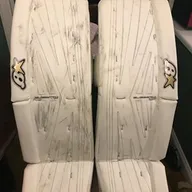
Brian's Subzero 6.0
6 Available
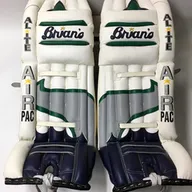
Brian's Alite Air Pac
3 Available
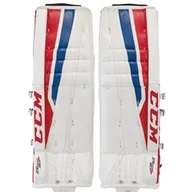
CCM Extreme Flex Pro
21 Available

Brian's H Series
4 Available

Brian's Heritage
1 Available

True HZRDUS 7X4
7 Available
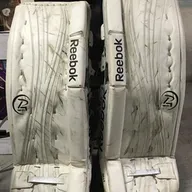
Reebok 18K
10 Available

Reebok 5K
2 Available
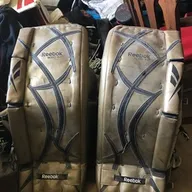
Reebok 9000
7 Available
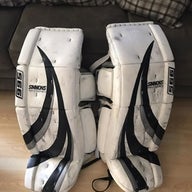
Simmons 995
2 Available

Brian's NetZero 2
1 Available
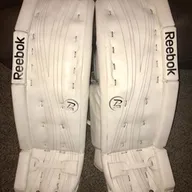
Reebok Premier 4 14K
5 Available

Reebok Premier X28
3 Available
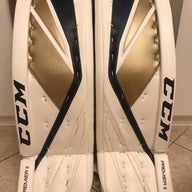
Reebok Premier II
6 Available

CCM Revolution 597
5 Available

Warrior Ritual G2
6 Available
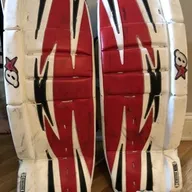
Brian's S Series
4 Available

Brian's Subzero 7.0
7 Available
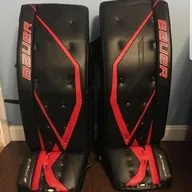
Bauer Supreme one80
3 Available
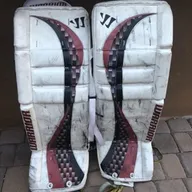
Warrior Swagger
4 Available

Bauer Vapor X50
1 Available
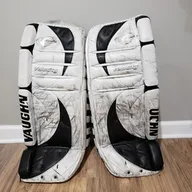
Vaughn Velocity V2
6 Available
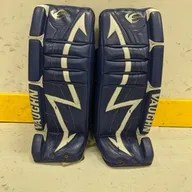
Vaughn Velocity 7300
1 Available
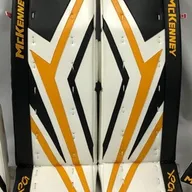
Mckenney XPG1
3 Available
Shop by Release Year
92 Results
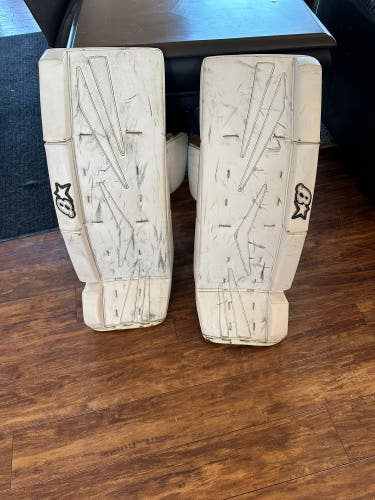
Trasky
Used Brian's Netzero Goalie Leg Pads
$69$7710%


sportshq
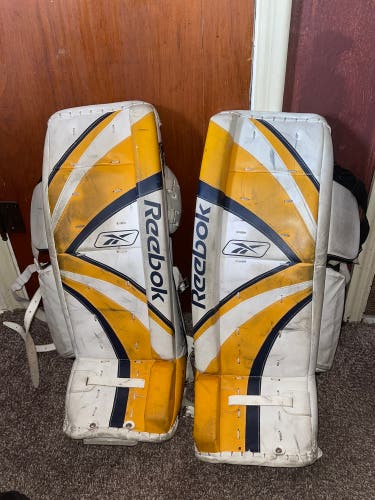
agrice94
Reebok Koho GP JR Hockey Goalie Leg Pads 29” 74” CM Vintage Classic Used Pre Own
$150
Retail price: $150
Dangler44218

Asia_tendy_25

CindyRossman1
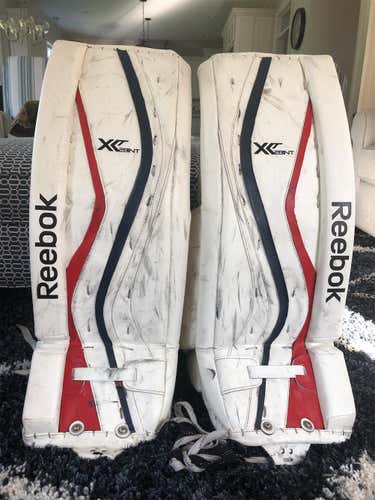
Bfehl21

DDekla87

tjwood33

SportsZone
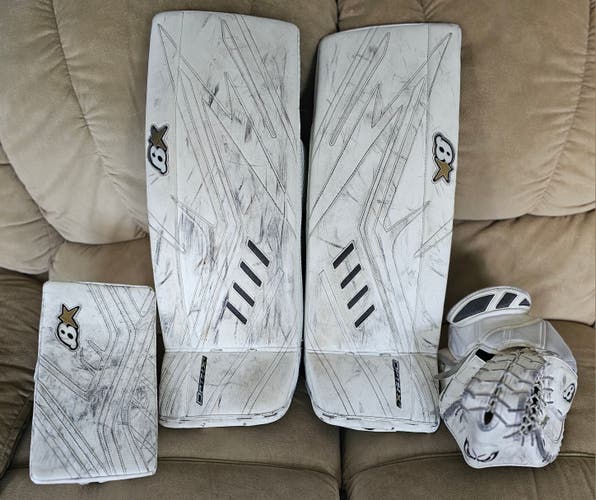
MrB569

Colin3808

Ryanv11

Hagarmike29
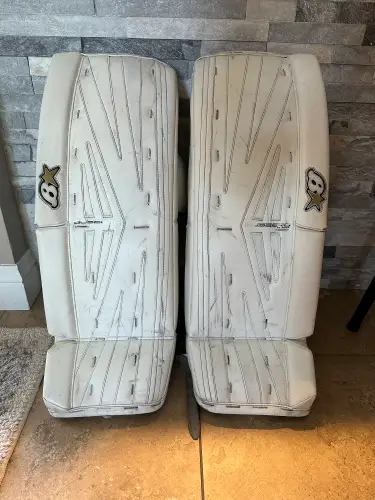
Vegasmedic

24sMom
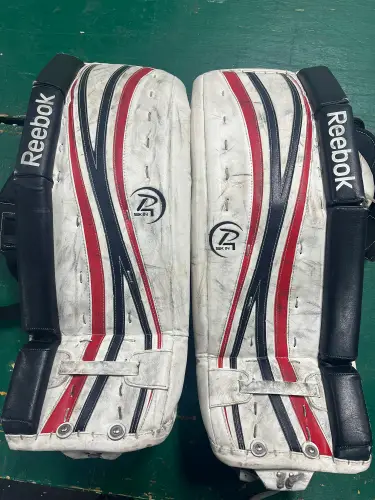
Hodaghockey21

Bill_isaacs121
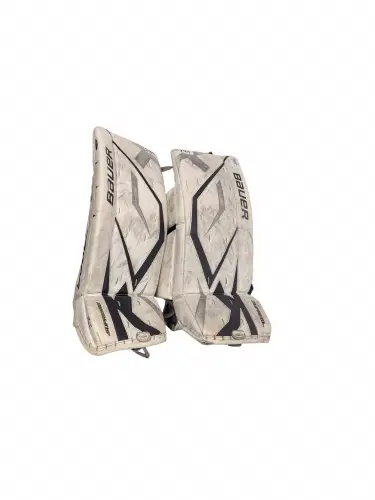
PiasDedham
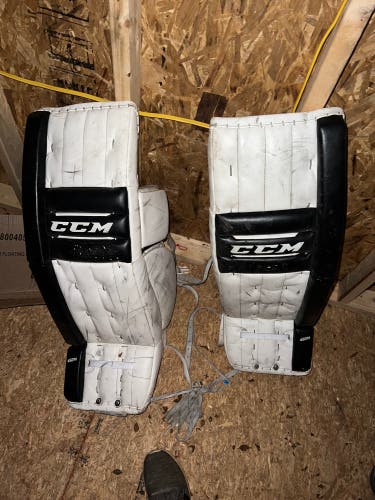
Brads2401

mped37



